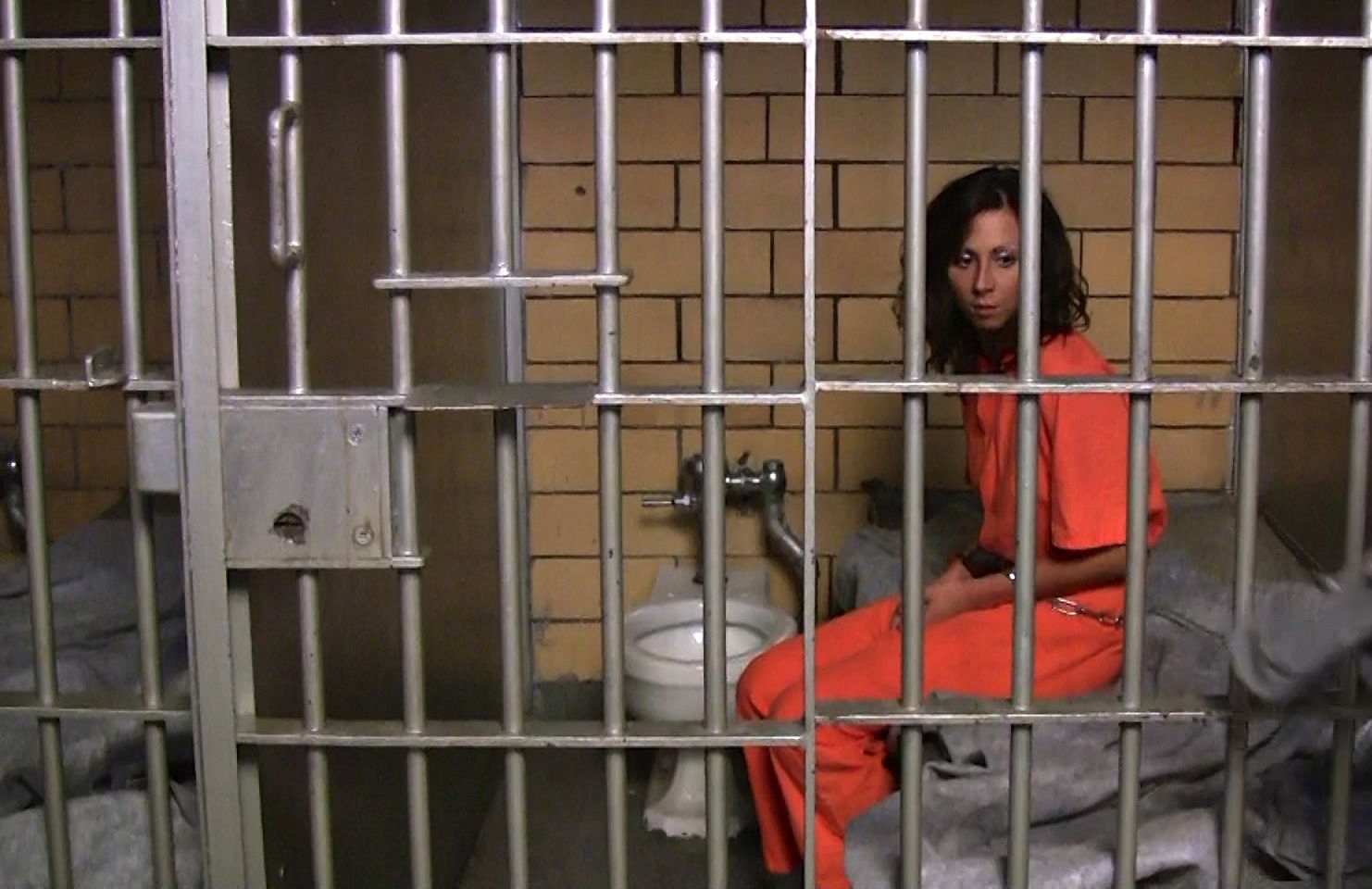
Interesting article by the Sentencing Project reveals a profound increase in the involvement of women in the criminal justice system.
The article explain this is a result of more expansive law enforcement efforts, stiffer drug sentencing laws, and post-conviction barriers to reentry that uniquely affect women. The female prison population stands nearly eight times higher than in 1980. More than 60% of women in state prisons have a child under the age of 18.
Some specific points of interest:
- Between 1980 and 2017, the number of incarcerated women increased by more than 700%, rising from a total of 26,378 in 1980 to 225,060 in 2017.
- Though many more men are in prison than women, the rate of growth for female imprisonment has been twice as high as that of men since 1980. There are 1.3 million women under the supervision of the criminal justice system.
- In 2017, the imprisonment rate for African American women (92 per 100,000) was twice the rate of imprisonment for white women (49 per 100,000).
- Hispanic women were imprisoned at 1.3 times the rate of white women (67 vs. 49 per 100,000).
- The rate of imprisonment for African American women has been declining since 2000, while the rate of imprisonment for white and Hispanic women has increased.
- Between 2000 and 2017, the rate of imprisonment in state and federal prisons declined by 55% for black women, while the rate of imprisonment for white women rose by 44%.
- The rate at which women are incarcerated varies greatly from state to state. At the national level, 63 out of every 100,000 women were in prison in 2017.2) The state with the highest rate of female imprisonment is Oklahoma (157) and the state with the lowest incarceration rates of females is Massachusetts (9).
- Women in state prisons are more likely than men to be incarcerated for a drug or property offense. Twenty-five percent of women in prison have been convicted of a drug offense, compared to 14% of men in prison; 26% of incarcerated women have been convicted of a property crime, compared to 17% among incarcerated men.
- The proportion of imprisoned women convicted of a drug offense has increased from 12% in 1986 to 25% in 2017.
- Of the 48,043 youth in residential placement, 15% (7,293) are girls.
- As with boys, girls are confined considerably less frequently than at the start of the century. In 2001, 15,104 girls were confined in residential placement settings. By 2015, this figure had been cut in half.
- Girls of color are much more likely to be incarcerated than white girls. The placement rate for all girls is 47 per 100,000 girls (those between ages 12 and 17). For white girls, the rate is 32 per 100,000. Native girls (134 per 100,000) are more than four times as likely as white girls to be incarcerated; African American girls (110 per 100,000) are three-and-a-half times as likely; and Latina girls (44 per 100,000) are 38% more likely.
- Though 85% of incarcerated youth are boys, girls makeup a much higher proportion of those incarcerated for the lowest level offenses. Thirty-eight percent of youth incarcerated for status offenses (such as truancy and curfew violations) are girls. More than half of youth incarcerated for running away are girls.
My opinion? Researchers have consistently found that incarcerated women face different problems than men, and those issues are often exacerbated by incarceration. Women are more likely to have a history of abuse, trauma, and mental health problems when they enter prison, but treatment is often inadequate or unavailable in prisons. The health systems in prison often fail to meet women’s unique physical health needs, including reproductive healthcare, management of menopause, nutrition, and treatment for substance abuse disorders.
Please contact my office if you, a friend or family member are charged with a crime. Hiring an effective and competent defense attorney is the first and best step toward justice.






